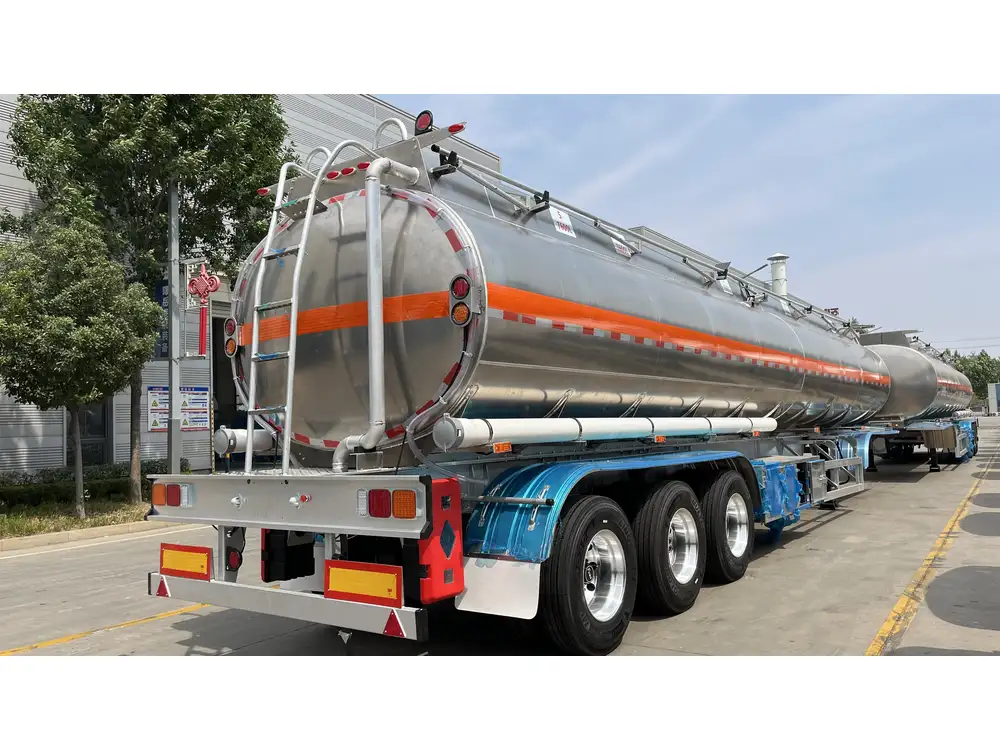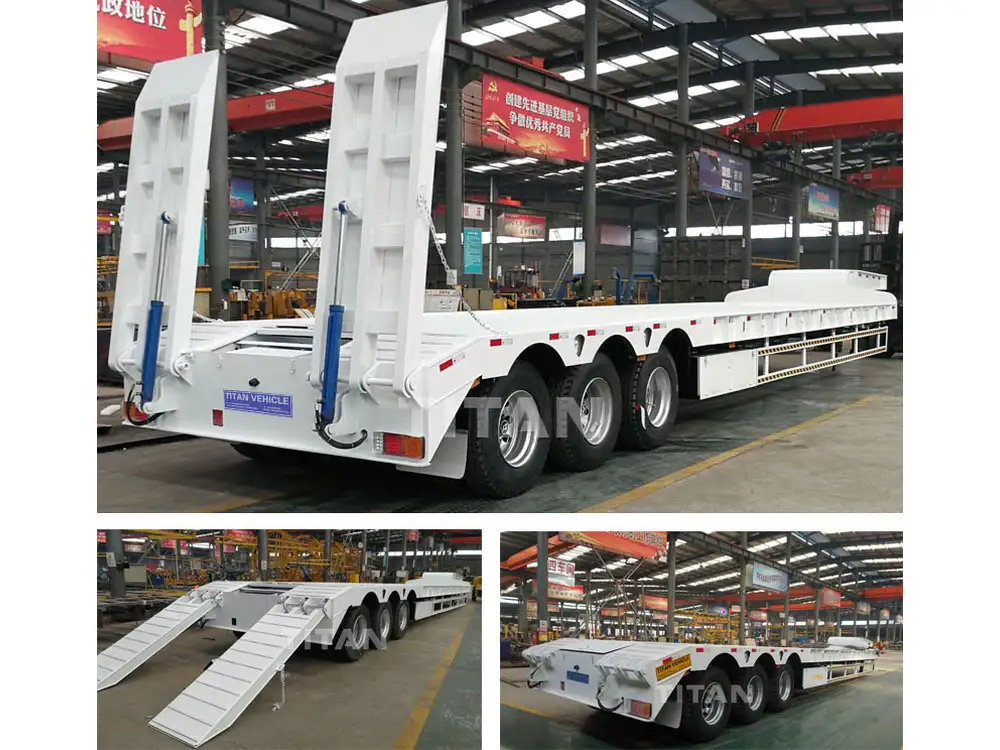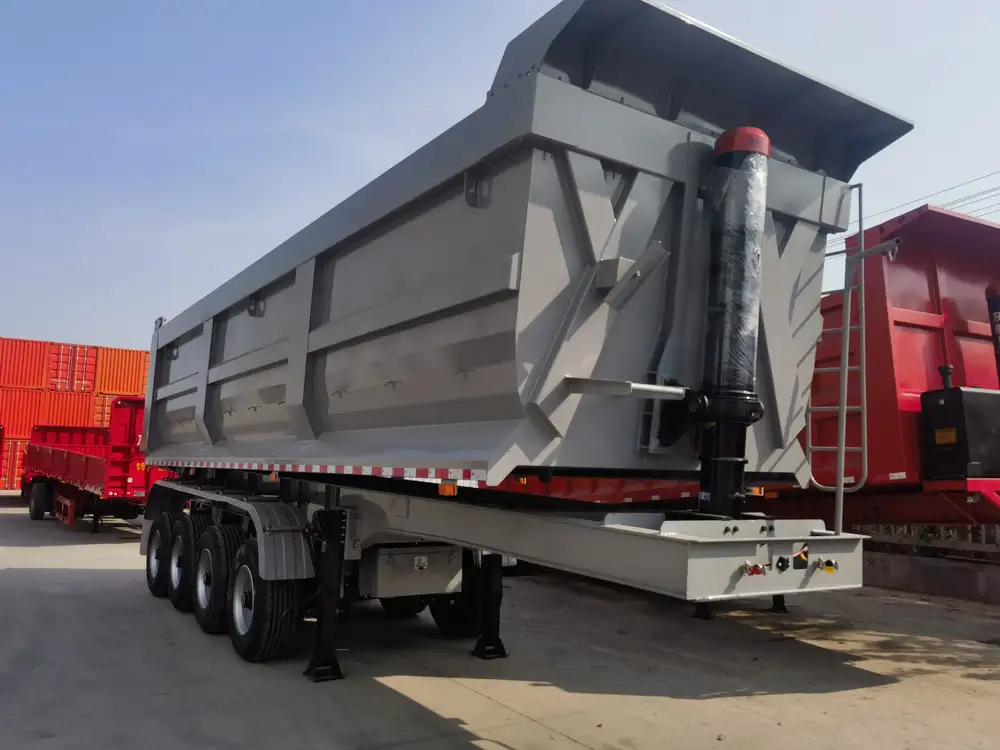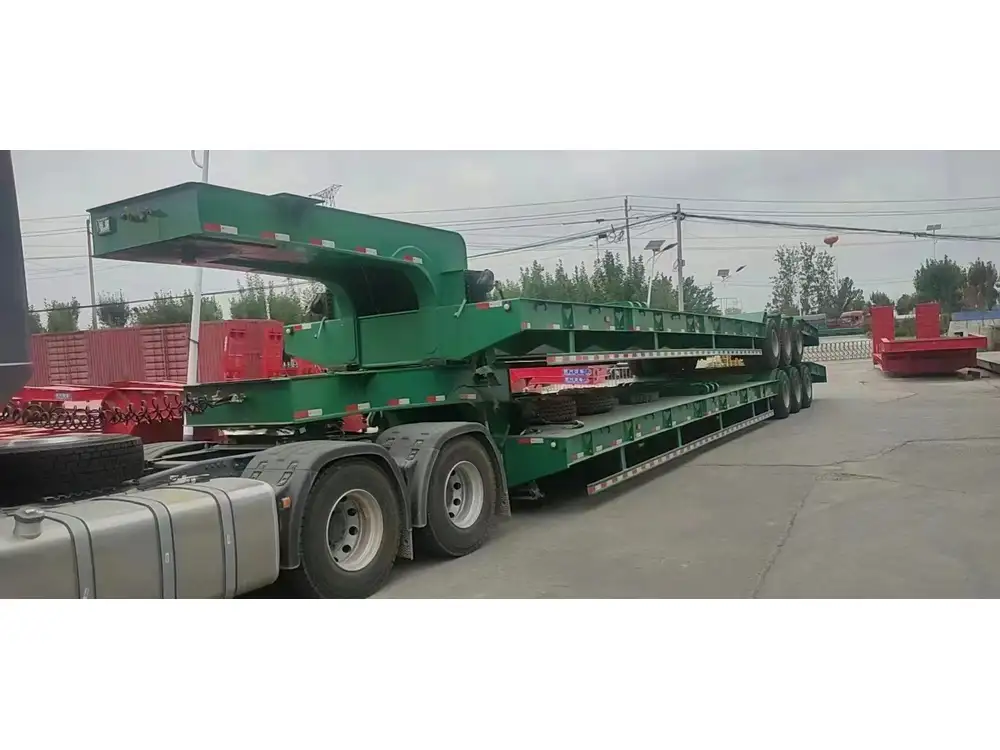Understanding the logistics of freight transportation in Australia, particularly the ability to fit pallets on a semi-trailer, is crucial for businesses operating in the shipping and freight industry. This article delves into the various aspects of loading pallets onto semi-trailers effectively, focusing on different pallet sizes, trailer dimensions, and considerations for maximizing efficiency, thereby addressing key challenges faced by logistics managers, transport coordinators, and manufacturers.
Overview of Australian Semi-Trailers
In Australia, semi-trailers come in various dimensions and configurations, each suitable for different types of freight. The two most common types include:
- Standard Semi-Trailers: Typically measuring up to 12.5 meters in length, 2.5 meters in width, and 4.3 meters in height.
- Extendable Semi-Trailers: These can expand in length to accommodate larger loads, offering versatility for transporting numerous pallets.
Common Dimensions and Specifications
| Type | Length (m) | Width (m) | Height (m) | Cargo Capacity (kg) |
|---|---|---|---|---|
| Standard Semi-Trailer | 12.5 | 2.5 | 4.3 | Up to 26,000 |
| Extendable Semi-Trailer | 12.5 – 15 | 2.5 | 4.3 | Up to 26,000 |

Understanding Pallet Sizes
Standard Pallet Dimensions
In Australia, the standard size for pallets is typically 1,200 mm x 1,000 mm (1.2 m x 1 m). However, alternate sizes exist and can play a significant role in how many pallets can fit onto a semi-trailer.
Alternate Pallet Sizes
- Half Pallets: 1,200 mm x 600 mm (1.2 m x 0.6 m)
- Euro Pallets: 1,200 mm x 800 mm (1.2 m x 0.8 m)
- Australian Standard Pallets: 1,200 mm x 1,200 mm (1.2 m x 1.2 m)
Understanding the dimensions of both the trailer and the pallets is essential in calculating capacity effectively.

Calculating Pallet Capacity on Semi-Trailers
Key Considerations for Loading
To accurately determine how many pallets will fit in a semi-trailer, several factors must be evaluated:
- Pallet Configuration: Whether pallets are loaded standing up or laying down impacts the capacity.
- Weight Distribution: Ensuring even distribution of weight is crucial for safe transport.
- Access Aisles: For certain deliveries, it may be necessary to leave aisles for access, which reduces the total number of pallets.
Pallet Configurations and Their Impact
| Pallet Orientation | Pallet Size | No. of Pallets Fit |
|---|---|---|
| Stand-up (1.2 x 1.0 m) | Standard (1.2 x 1.0 m) | L: 13, W: 2, Total: 26 |
| Lay-down (1.2 x 1.0 m) | Standard (1.2 x 1.0 m) | L: 14, W: 2, Total: 28 |
| Stand-up (0.8 x 1.2 m) | Euro (0.8 x 1.2 m) | L: 15, W: 2, Total: 30 |
| Lay-down (0.6 x 1.2 m) | Half (0.6 x 1.2 m) | L: 16, W: 3, Total: 48 |

Example Calculation
For a standard semi-trailer with the dimensions as previously discussed:
- Total Floor Area: 12.5 m (length) x 2.5 m (width) = 31.25 m²
- Pallet Area: 1.2 m x 1.0 m = 1.2 m²
- Pallet Capacity: 31.25 m² / 1.2 m² ≈ 26 pallets assuming no other constraints.
This simplified approach provides a foundational understanding. Various configurations and practical adjustments during loading must be considered for real-life applications.
Considerations for Efficient Loading
1. Weight Regulations
Australia has strict weight regulations for heavy vehicles. A combination of pallet size, weight, and total cargo weight must conform to national laws to prevent fines and ensure safety.

2. Safety Protocols
Adherence to safety protocols during loading is paramount. Use of proper equipment, securing loads with straps, and ensuring the trailer is parked on stable ground reduces the risk of accidents.
3. Alignment and Access
Optimal alignment of pallets and planning access points are crucial in maintaining efficient unloading at the delivery site.
4. Seasonal Variations
Freight demands can fluctuate seasonally, affecting how many pallets are in motion. Adaptation strategies must be in place to ensure capacity is maximized during peak seasons.

Comparing Different Freight Solutions
Logistics professionals often weigh different freight solutions to determine the best option for their needs. The following table compares semi-trailers with other common transportation methods:
| Freight Method | Capacity (kg) | Typical Cost | Ideal Use Case |
|---|---|---|---|
| Standard Semi-Trailer | Up to 26,000 | Moderate | General freight, pallets, bulk items |
| B-Double Trailer | Up to 36,000 | Higher than single trailers | Large volume transport |
| Flatbed Trucks | Varies | Varies | Oversized loads, machinery |
| Road Trains (Longer Semi-Trailers) | Up to 60,000 | Higher than standard | Long-distance, high-volume hauls |
Choosing the appropriate freight method directly influences the bottom line, delivery times, and freight security.
Frequently Asked Questions
How Can I Maximize Pallet Space on a Semi-Trailer?
To maximize cargo space, consider pallet stacking techniques, specialized racks, and optimal weight distribution. Also, ensure that the dimensions of your pallets align with the trailer’s internal measurements.

Are There Regulations on Pallet Sizes in Australia?
While there are standard sizes for pallets, compliance with national and state load regulations is critical. Each transport company may have additional policies on dimensions and weight.
What Are Common Mistakes to Avoid When Loading Pallets?
Avoid loading pallets that exceed weight limits, misalignment during loading, and neglecting to secure loads properly. Always follow safety guidelines to prevent accidents.
How Does Load Distribution Affect Driving?
Improper weight distribution can lead to handling difficulties, increased wear on tires, and potential safety hazards. Always verify load distribution before setting out on a journey.

Conclusion
Understanding how many pallets fit on a semi-trailer in Australia is essential for optimizing freight operations. This knowledge allows logistics managers to reduce costs, increase efficiency, and meet customer demands effectively. By staying informed about trailer dimensions, pallet sizes, and regulatory considerations, businesses can streamline their transport processes. Ultimately, leveraging strategic planning and adherence to safety protocols will empower companies to make the most out of their semi-trailer capacities, enhancing both operational performance and customer satisfaction.



